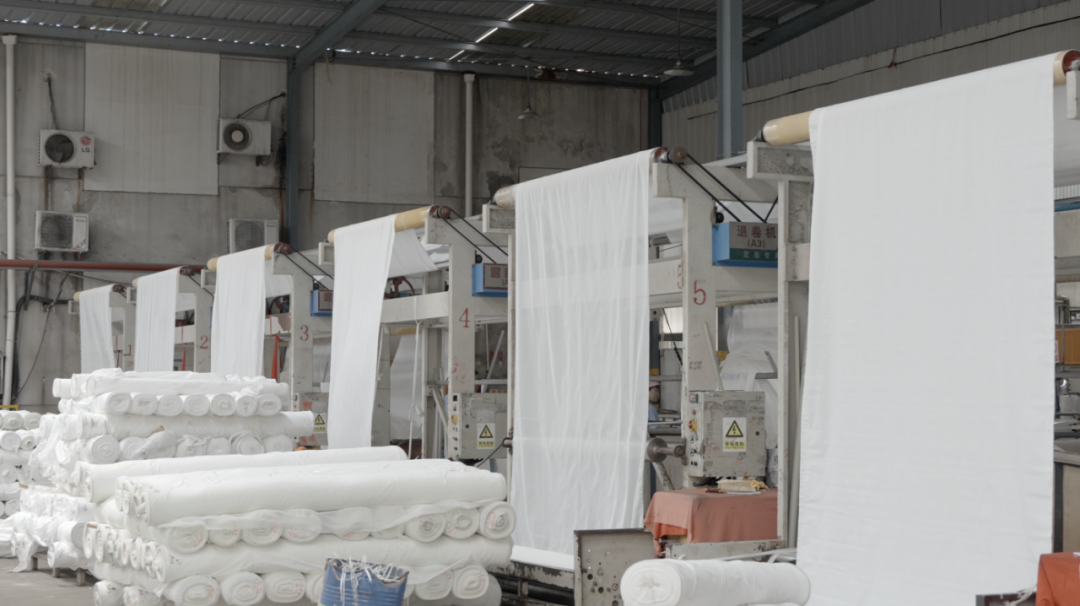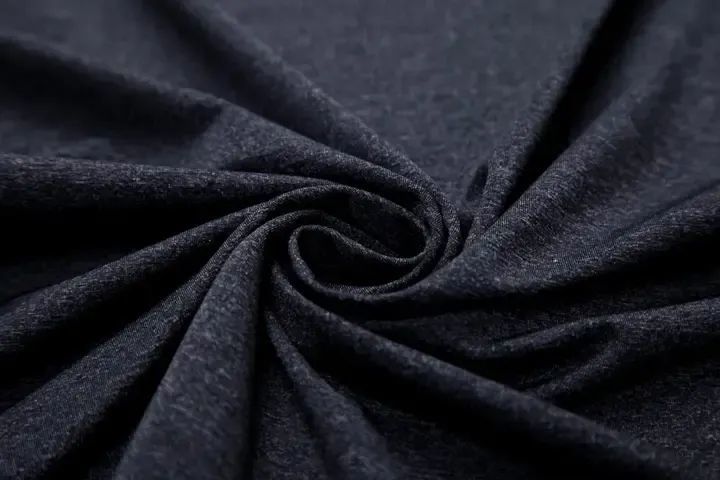Introduction to environmentally friendly recycled fabrics
Environmentally friendly recycled fabrics are new fabrics that can be applied and sold by washing and processing waste chemical fibers, waste textiles, and other waste polymer materials again. Environmentally friendly recycled fabrics are evolved through various materials and technological means, and through many processes, they embody the concept of environmental protection.
Time:
2023-07-13
Source:
The cost of environmentally friendly recycled fabrics is not lower than that of native fabrics. Most of the raw materials for environmentally friendly recycled fabrics come from plastic bottles or waste clothing. Although it may seem like using cheap "garbage", the cost may significantly decrease, but in reality, this is not the case. The price of environmentally friendly recycled raw materials is relatively high compared to raw materials, and the price of woven fabric will naturally not be low. Due to the fact that the international recognition of recycled fabrics comes entirely from possessing the "GRS" certificate, which is required in various aspects such as raw materials, weaving, printing and dyeing, trade, and garment processing. The investment in various aspects of the "GRS" certificate will ultimately be transferred to the production cost of environmentally friendly recycled fabrics. In addition, the difference between environmentally friendly recycled fabrics and native fabrics can also lead to differences in production processes such as printing, dyeing, and finishing, invisibly increasing processing costs.
Although there are currently shortcomings in environmentally friendly recycled fabrics, it is indeed a trend for them to comply with environmental protection. The emerging "environmentally friendly fabric market" has just started and is not mature in all aspects. There is an urgent need for textile workers to calm down and overcome difficulties, and push recycled fabrics to a new height. Technology, fashion, and green have become the new positioning of China's textile and clothing industry. Exploring the harmonious coexistence of humans and nature, green innovative design on recyclability, renewable utilization, and low energy consumption from social responsibility, natural ecology, and other aspects is becoming a new opportunity and will promote the transformation of the fashion industry.
For the future development of sustainable fashion, the sustainable development of recycled fabrics in China has already established a good industrial foundation, and consumers have also gained more awareness and desire for environmental protection. Therefore, this is a good era to promote sustainable recycled fabrics.
Next
Next
Related News
2024-03-28 10:44
Advantages of environmentally friendly fabrics
Advantages of environmentally friendly fabrics: 1. Excellent thermal insulation performance. The unique multi-layer fiber structure can efficiently lock in heat energy, prevent cold and warmth, and prevent sweat accumulation, inhibiting bacterial growth.
2024-03-28 10:44
Basic knowledge of knitted clothing processing
Knitted clothes are mostly made of cotton and chemical fiber cotton yarn, which are characterized by softness, elasticity, breathability, sweat absorption and comfort, such as Sportswear and underwear. Knitted clothing as clothing not only has commonalities with woven clothing, but also has its own characteristics

















